Her Majesty The Queen celebrates her Diamond Jubilee this year. We look at a wonderful new exhibition of images from the Royal Collection, revealing a life lived in the public spotlight over 60 glorious years
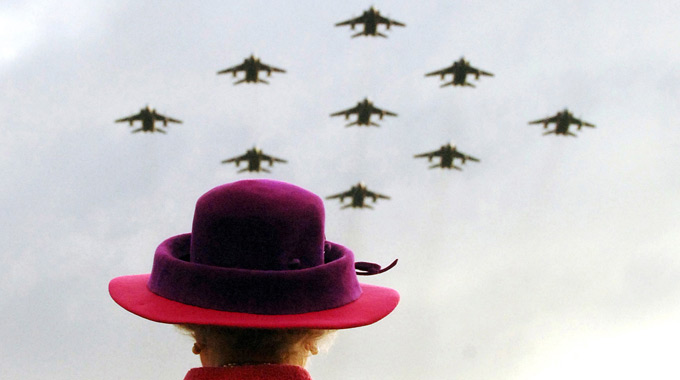
“Today, as I mark 60 years as your Queen, I am writing to thank you for the wonderful support and encouragement that you have given to me and Prince Philip over these years and to tell you how deeply moved we have been to receive so many kind messages about the Diamond Jubilee.” These were the words of Queen Elizabeth II on 6 February 2012, the 60th anniversary of her accession to the throne.
This year, The Queen will become the longest and, arguably, the most successful British monarch, and the entire country will celebrate her remarkable reign during an extended Bank Holiday in June.
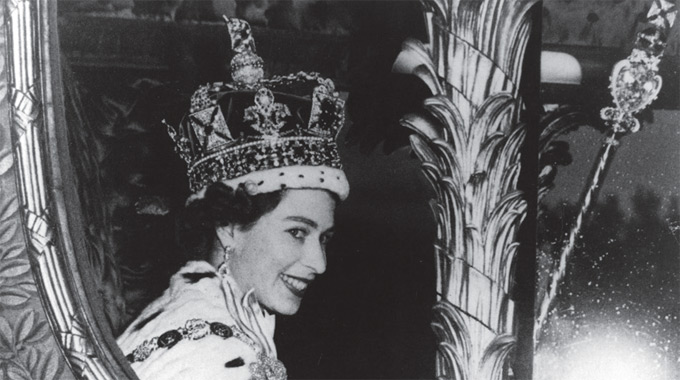
Born Princess Elizabeth of York on 21 April 1926 in Mayfair, London, The Queen had a happy and idyllic childhood. Her father thought of his family – described as the “happiest family in the world” – as one, not four people. But the Yorks’ cosseted life was shattered in 1936, when within a year of succeeding his father George V as King, Edward VIII abdicated to marry American divorcee Wallis Simpson. His shy, stammering younger brother ‘Bertie’ (Elizabeth’s father) suddenly found himself enthroned as George VI on the brink of the outbreak of World War II.
The war years proved to be the making of the new King, and a young Elizabeth played her part too, joining the Women’s Auxiliary Territorial Service in 1945, where she trained as a mechanic.
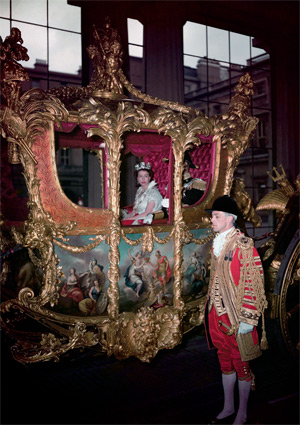
By then she had fallen in love with a handsome young Naval officer – Prince Philip of Greece and Denmark. Her wedding to Prince Philip on November 20 1947 could not have come at a better time for Britain, still reeling from the horrors of war. With her father’s health deteriorating, Elizabeth had been standing in for him at public events and her life would take an enormous turn in 1952. While in Kenya on 6 February 1952 word arrived of the King’s death. Having left the UK a princess, Elizabeth returned to Britain the following day as Queen.
The Coronation of Queen Elizabeth II followed a year late on 2 June 1953 and marked an exciting new era for the House of Windsor. The ceremony in Westminster Abbey was televised for the very first time, with 20 million British viewers alone gathered around their black-and-white TV sets to watch. It was the beginning of a public life that would be captured on camera, recorded and preserved on film for everyone to see.
In an opulent Gold State Coach, like something from a fairytale, a pale and apprehensive-looking Princess Elizabeth departs from Buckingham Palace for Westminster Abbey. This is the second photograph in a new exhibition entitled The Queen: 60 Photographs for 60 Years, on display in Windsor Castle to celebrate the Diamond Jubilee. The curator of the Royal Collection exhibition, Lisa Heighway, says she put this particular image of The Queen at the start of exhibition because it is an unusual picture of her, revealing some of her vulnerability. “She seems very small and alone in that magnificent coach on such a momentous occasion,” Lisa observes, “but the next image, taken after the ceremony, provides a striking contrast. Having been crowned, she is in the same carriage now wearing the Imperial State Crown, and she is smiling.”
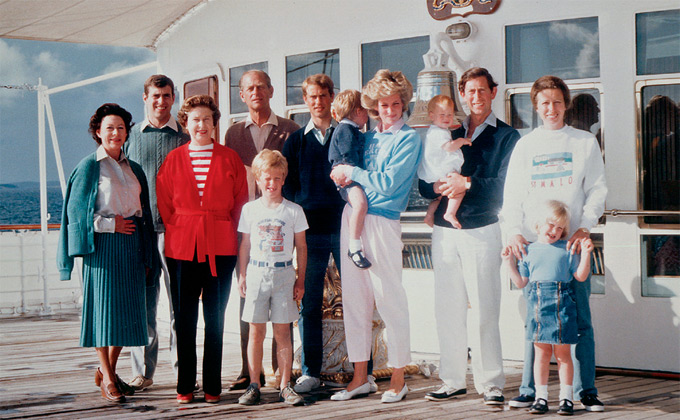
A range of emotions, situations and locations can be seen throughout this fascinating exhibition, charting The Queen’s reign from the nervous moments before her Coronation right up to her Jubilee year. It’s possible to perceive a clear change in Her Majesty through the photographs as she settles in to her role. In fact, when you come back to the early images after seeing the whole exhibition, you realise how sudden and heartbreaking it must have been for the Princess, at 25, to suddenly lose her father and take on the huge responsibility of sovereignty.
Lisa says that she very much wanted to produce a rounded portrait of The Queen, one that didn’t just see her at official duties. Through family gatherings and formal occasions, the exhibition succeeds in portraying Her Majesty not just as a figurehead but as a real person and woman with all the humanity that goes with that. She is also shown as a family person – as a wife, mother and grandmother. Of an intimate photograph of The Queen and her children Lisa comments: “It just says mother and family – you don’t see ‘Queen’ at all. And in the larger family photograph The Queen looks much like anyone’s grandmother really.”
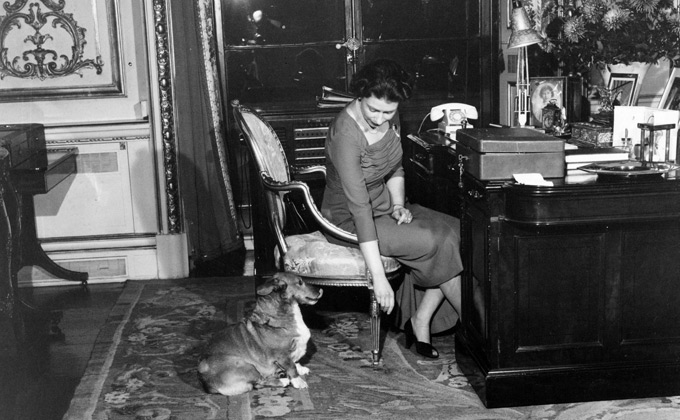
It is easy for us to forget, after the iconic style of Diana Princess of Wales and now the fascination with The Duchess of Cambridge, that The Queen herself was a beautiful and stylish young woman. In the photographs from the 1950-70s in particular she looks extremely glamorous. An intimate shot from The Times archive catches her sitting at her desk in Buckingham Palace, dutifully addressing the contents of one of her red leather despatch boxes and reaching down to one of her beloved corgis who sits at her feet.
The Queen’s love of animals, especially her dogs and horses, is well documented and the exhibition has many instances of her enjoying her favourite country pastimes. There are also plenty of shots from Windsor. In recent years, Lisa says, Her Majesty has been going to Windsor more often, where she is able to let her guard down a little.
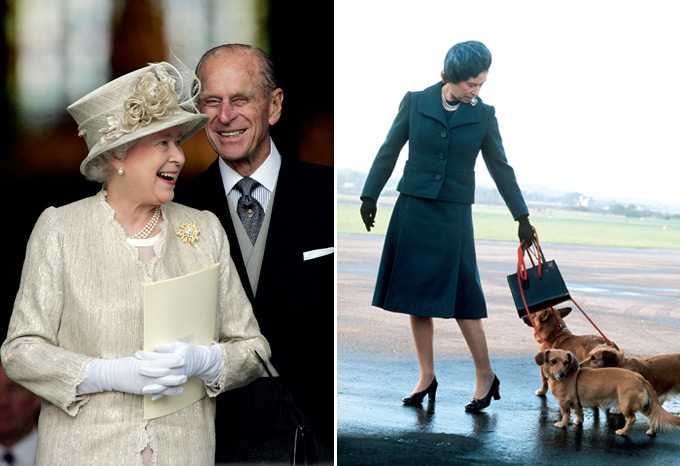
Some of the exhibition’s images evoke a seemingly vanished world, but The Queen has coped very well with the dramatic change in the pace of life over the years of her reign. “I suppose in a way she’s led this sort of life for ever,” says Lisa, “and even as a child she was massively photographed.” Press photography has played a key role in how the public perceive The Queen’s reign, by and large for the better. An image of Her Majesty and her corgis at an airport, for example, shows the sort of moment the public would never see were it not for the press. Lisa counts it as one of her favourite images. “She must be the most photographed woman in the world, but there are few shots of her in more private moments.”
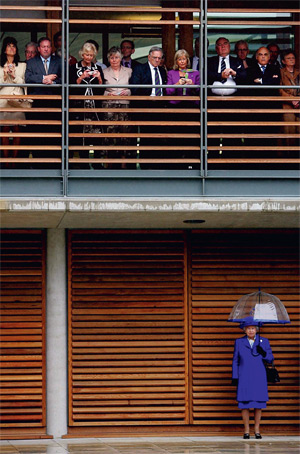
There are also few images of Her Majesty where she is not surrounded by people. In a picture of her at the Lawn Tennis Association’s headquarters in Roehampton, there is in fact a whole crowd to the right of her, but evidently the photographer had jumped out of his position to get this unusual image of The Queen standing alone. It’s a wonderfully quirky view and the people above are quite oblivious that Her Majesty is below them.
The Queen’s official engagements require her to meet a variety of people from very different walks of life, but she has the ability to connect with anyone and is interested, or at least manages to appear so, in those she meets – from Lady Gaga to Margaret Thatcher to a factory steel worker.
From the pictures of Prince Charles’s Investiture Lisa chose an intimate moment between mother and son. “There were hundreds of formal, ceremonial images which we could have used,” she says, “but I like that in this one the crowning is done, the formality is over and they’re just talking to each other.”
But what does Her Majesty herself think of these carefully collected photographs and the exhibition? “She never really gives an opinion on things like portraits but she has approved all the images here,” Lisa says. “She hasn’t said whether she likes them or not though!”
This article was originally printed in the May/June 2012 issue of BRITAIN Magazine. Some information may therefore be outdated.
Click here to subscribe!

Related articles

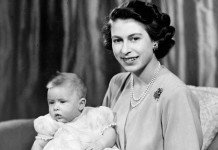
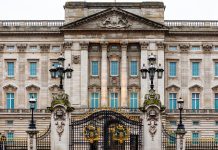
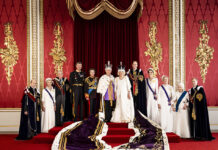

 © 2024
© 2024